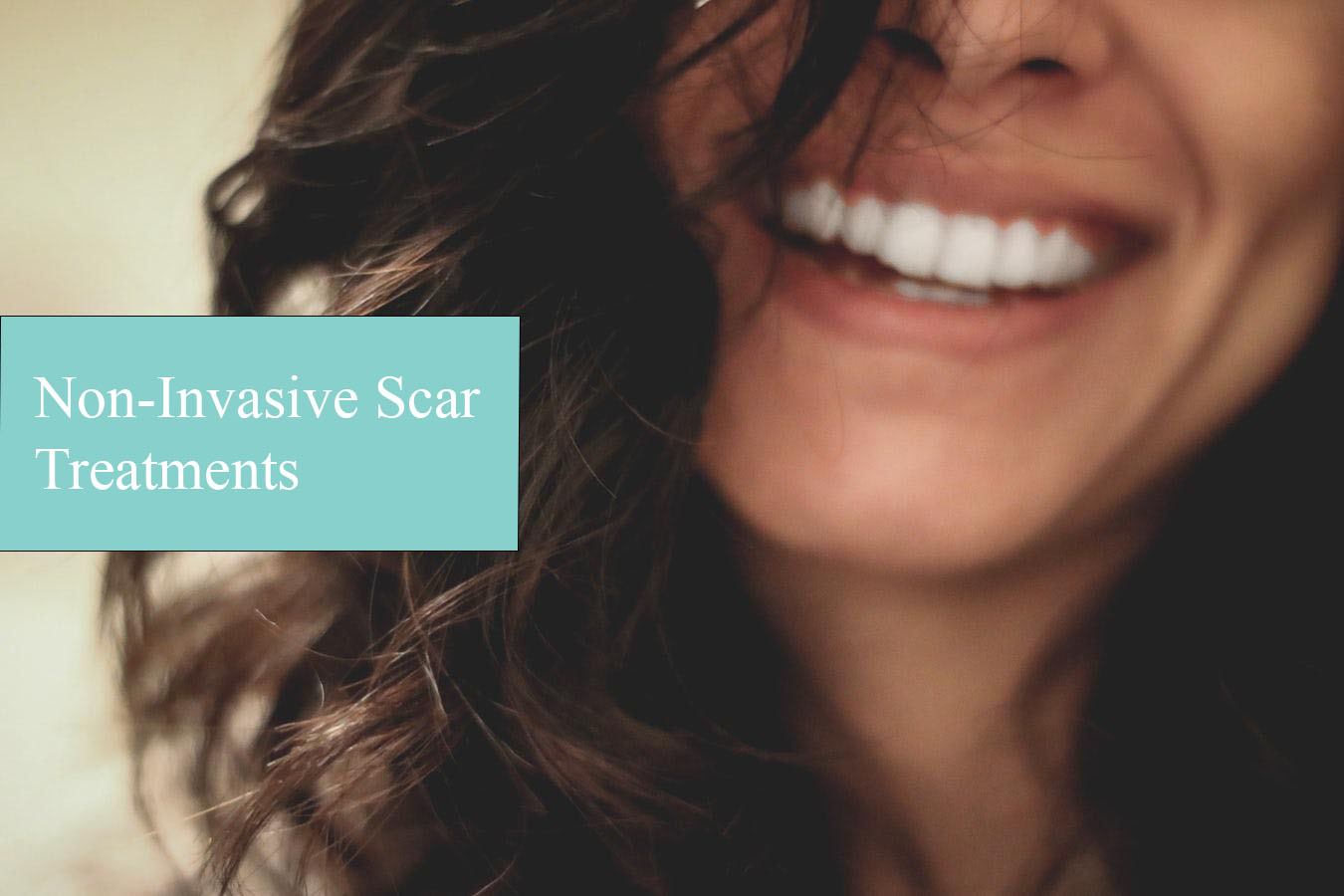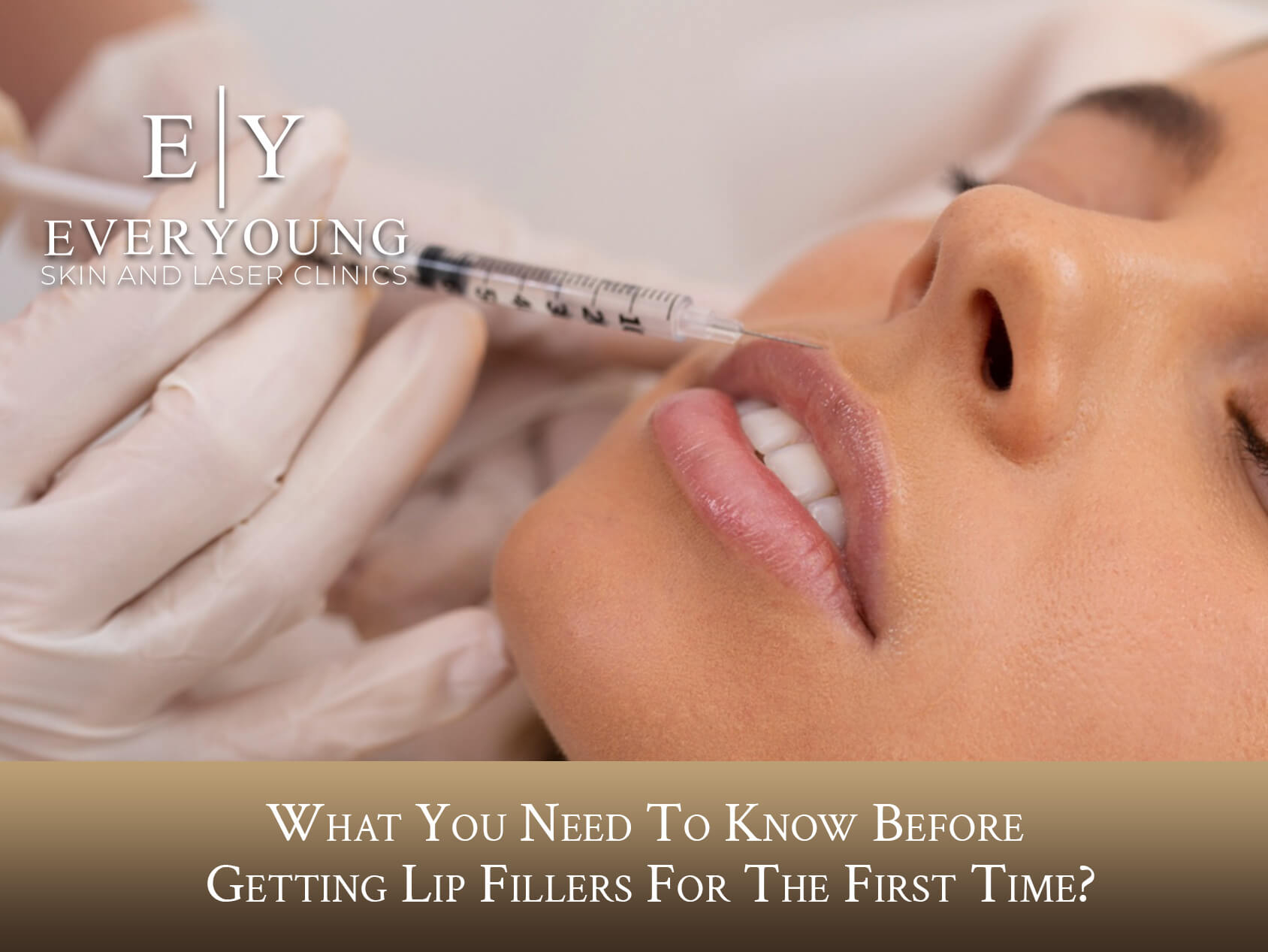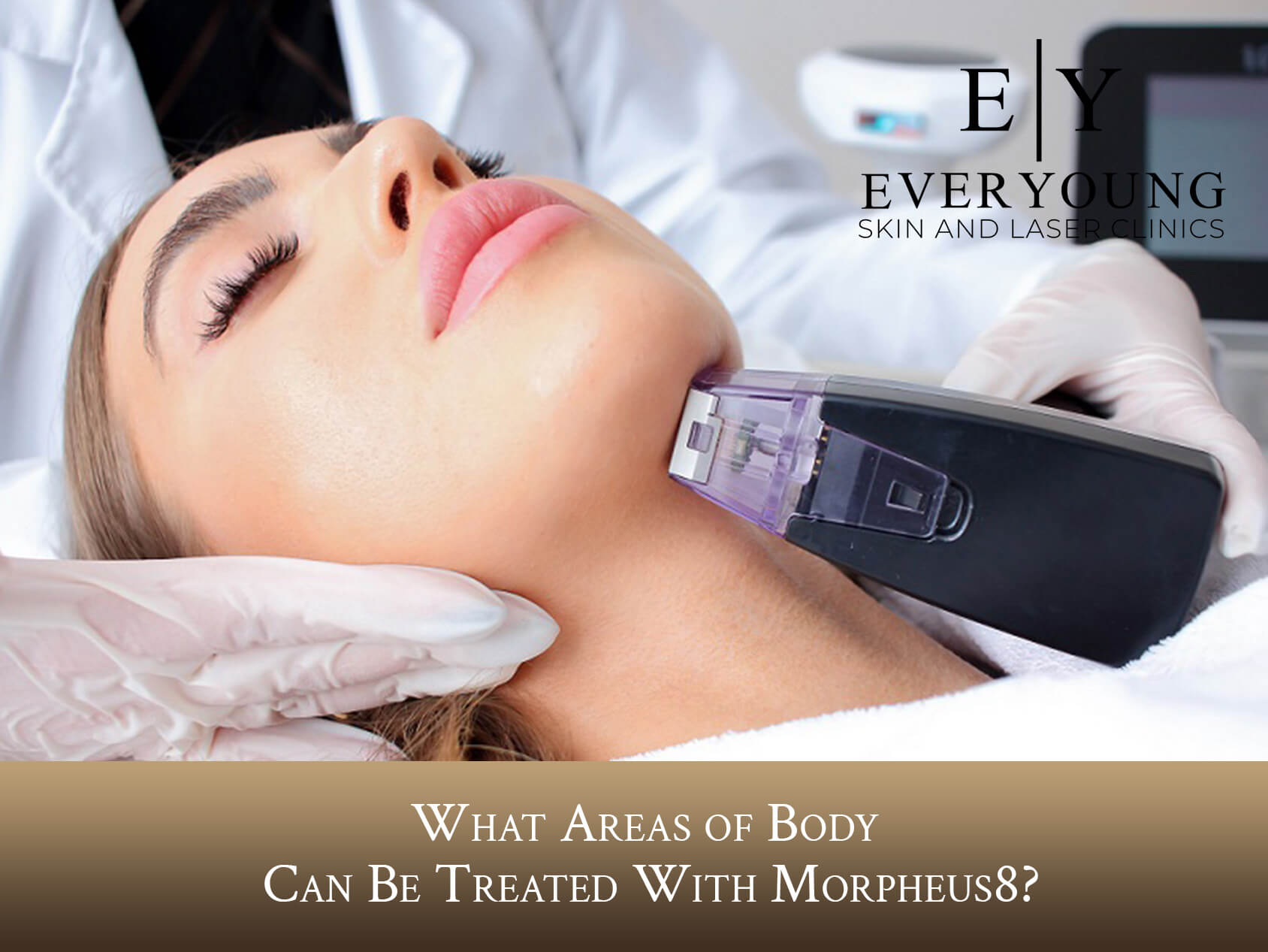Scars are a huge confidence-killer; unfortunately, they’re not always easy to eliminate. Accidents, surgery, or acne can cause scarring. And while most scars fade on their own, others may remain unappealing to some people.
Chances are you have a few scars on your skin that you’d want to be rid of entirely, just like everyone else. While traditional scar removal treatments such as surgery or steroid injections may be suitable for some people, they frequently have adverse side effects. Not to mention, they can be pretty costly.
In our society, which is always on the go, many people want to look their best with little downtime. For those seeking treatment for scars, several non-invasive options are available, and it’s important you find one right away!
That’s where non-invasive scar treatments come in.
Don’t let your scars prevent you from living life. There are so many treatments, and we’re going to find the perfect one for YOU! But first, let’s tackle some of the pertinent information about scars.
How Does a Scar Happen?
A scar is created when the deep layers of your skin are damaged. This can happen due to an injury, surgery, or even acne. Once the damage has occurred, your body will produce new collagen fibers to heal the wound.
However, these new collagen fibers are often less organized than the original ones. As a result, they can appear a raised, discolored area on your skin.
What Are the Types of Scars?
There are four primary types of scars: hypertrophic, atrophic, contracture, and keloid.
- Hypertrophic Scars
Hypertrophic scars are the most common type of scar. They occur when the body produces too much collagen during the healing process. These raised, reddish marks typically fade over time and don’t grow larger than the original injury.
- Atrophic scars are sunken, pitted scars that occur when there’s not enough collagen produced during the healing process. They’re common in people who have had acne or chickenpox.
- Contracture scars happen when the skin is burned. They cause the skin to tighten, which can limit movement.
- Keloid scars are raised, itchy scars that can occur after an injury or surgery. They’re more common in people with darker skin.
Treatment Options for Various Types of Scars
Scarring is a very diverse condition, and each type may require a different treatment approach. Each variety necessitates a specific sort of therapy. Some scars are simple to treat while others are more difficult to cure.
The most frequent types of scars may be treated with one or more of the following therapies.
BBL Photo Facial Treatments
Broadband Light (BBL) is the hottest trend in skincare, and it’s more effective than you might think. This new technology harnesses light to provide extraordinary results for patients with a wide range of conditions, including acne or sun spots, freckles, and vascular problems such as rosacea.
BBL is also an excellent treatment for scars, both new and old. The light energy penetrates the skin and stimulates the production of collagen, which helps to improve the appearance of scars. In addition, BBL can help to fade the red or brown discoloration that often accompanies a scar.
This can make the scar less visible and improve your overall appearance.
If you’re looking for a scar treatment that is non-invasive, BBL is an excellent option. There are no needles or surgery involved, and there is little to no downtime. You may experience some redness or swelling after the treatment, but this will subside within a few hours.
Microdermabrasion
Microdermabrasion is a kind of laser skin resurfacing that can help to reduce the appearance of scars. The treatment uses a device that emits tiny crystals to exfoliate the skin, removing the top layer of skin and revealing newer, smoother skin beneath.
Microdermabrasion is not recommended for deep or severe scars, but it may be helpful for lighter imperfections. It is a relatively short procedure and typically does not cause any significant pain or discomfort. However, there may be minor side effects, such as redness, swelling, and irritation.
Profractional Scar Treatment
Profractional scar treatment involves using lasers to target and treat only scarred tissue. This leaves the surrounding healthy tissue untouched, which helps to reduce the risk of scarring.
It offers a more thorough treatment by creating tiny microchannels beneath the skin’s surface to promote natural healing. As new collagen is formed, damaged cells are replaced with healthy ones, and you will experience an improved complexion that looks younger than ever before!
Bellafill
Bellafill is a dermal filler that is an FDA-approved treatment for various types of scars, including acne scars and surgical scars. It is a biocompatible, collagen-based filler made up of tiny particles called microspheres. It is made of 80% collagen and 20% polymethylmethacrylate (PMMA).
The collagen helps to promote natural healing, while the PMMA helps to support the collagen and provide long-term results. Bellafill is a non-invasive treatment that requires no downtime, and results can be seen immediately.
Peels
Various chemical peels are available, each with its own set of benefits and drawbacks. Salicylic acid peels are effective at treating ice-pick and boxcar scars. They effectively break down the scar tissue and promote new skin growth.
Phenol peels are more powerful than salicylic acid peels and effectively treat keloid and hypertrophic scars. However, phenol peels can cause significant side effects like skin irritation, redness, and swelling.
Spectra Peel is an innovative skin resurfacing procedure that yields dramatic acne and scar reduction results. The laser gently heats the outermost layer of your skin cells to stimulate collagen production, which improves tone, texture, and Wrinkle/Scars reduction!
Fractional Skin Resurfacing
Fractional skin resurfacing is a relatively new treatment for very hard-to-deal-with scars. This treatment uses lasers to create tiny wounds in the skin, which promote the healing process and cause the formation of new, healthy skin.
The treatment is a form of fractional laser resurfacing that targets difficult-to-treat regions such as laugh lines crow’s feet around the eyes or mouth, as well as other areas that are hard to treat with traditional laser resurfacing. The reduced healing times make this an appealing choice if you dread pain.
Perks of Non-invasive Scar Treatments
Non-surgical scar treatments have a number of advantages over invasive ones. One major benefit is that they are considerably less painful.
This is because there are no incisions or stitching, so there are no scars. They’re also less likely to scar, which can be good news for many people. Non-invasive procedures are also generally more cost-effective than invasive ones.
Another big advantage of these treatments is that they are much faster. Most of them only require a single treatment session, whereas invasive treatments often require multiple sessions. It means that you’ll be able to get rid of your scars much more quickly with this game-changing treatment.
Finally, non-invasive treatments are generally much safer than invasive ones. Since they don’t involve putting needles through it, there is a much lower risk of infections and other complications.
Drawbacks of Non-invasive Scar Treatments
Non-invasive therapy options have their own set of drawbacks in comparison to invasive ones. One significant disadvantage is that they are often short-term. They may not be effective for all types of scars at times. However, they can still assist reduce the visibility of scars and making them less apparent.
Scar Prevention Tips
If a scar has already formed, there are several ways to prevent further scars from forming, and it is necessary to start taking care of your skin as soon as you get injured. Below are some simple suggestions and advice to help you out:
- Apply a topical silicone gel or cream to the area immediately after the injury. It will help keep the skin moist and reduce the formation of a scar.
- When you need to pop a pimple or blackhead, do so with a sterile needle or pair of tweezers. It will help to avoid infection and the formation of a scar.
- Avoid picking at or scratching the wound and unnecessary trauma to the area. It will only delay healing and may lead to the formation of a scar.
- Protect the wound from the sun. UV rays can lead to scarring.
- Maintain good nutrition. A balanced diet in all nutrients can help increase collagen production, which will reduce the formation of scars.
- Take care of your skin! Keep it clean and moisturized by washing daily with a gentle cleanser and applying a moisturizing cream.
Are There Any Risks Associated With Non-invasive Scar Treatments?
The risks associated with non-invasive scar treatments vary depending on the treatment.
Some treatments, such as laser therapy, may cause a slight risk of skin irritation. Before beginning any new treatment, always consult a doctor to get the most accurate information on potential risks.
Emotional Effects of Having Scars
Scars may serve as a physical reminder of an unpleasant experience. For many individuals, the emotional consequences of scars are just as difficult to deal with as the physical ones.
Scars may cause feelings of self-consciousness and insecurity and can make it difficult to feel comfortable in your skin. If you are struggling to deal with the emotional effects of your scars, there are a couple of things that you can try to help manage them:
- Talk to someone about how you’re feeling. It can be valuable to talk to someone who understands what you’re going through and can offer support.
- Seek professional help. If the emotional effects of your scars are impacting your daily life, it may be helpful to see a therapist. A doctor can help you cope with your scars and address any underlying emotional issues that might affect you.
As you can see, there are many non-invasive scar treatments available for people who wish to get rid of scars without risking side effects from surgery or injections. If you’re looking for more information about these options, let us know! A team of experts is ready and waiting to answer any questions that arise regarding improving your skin’s health and look.










